
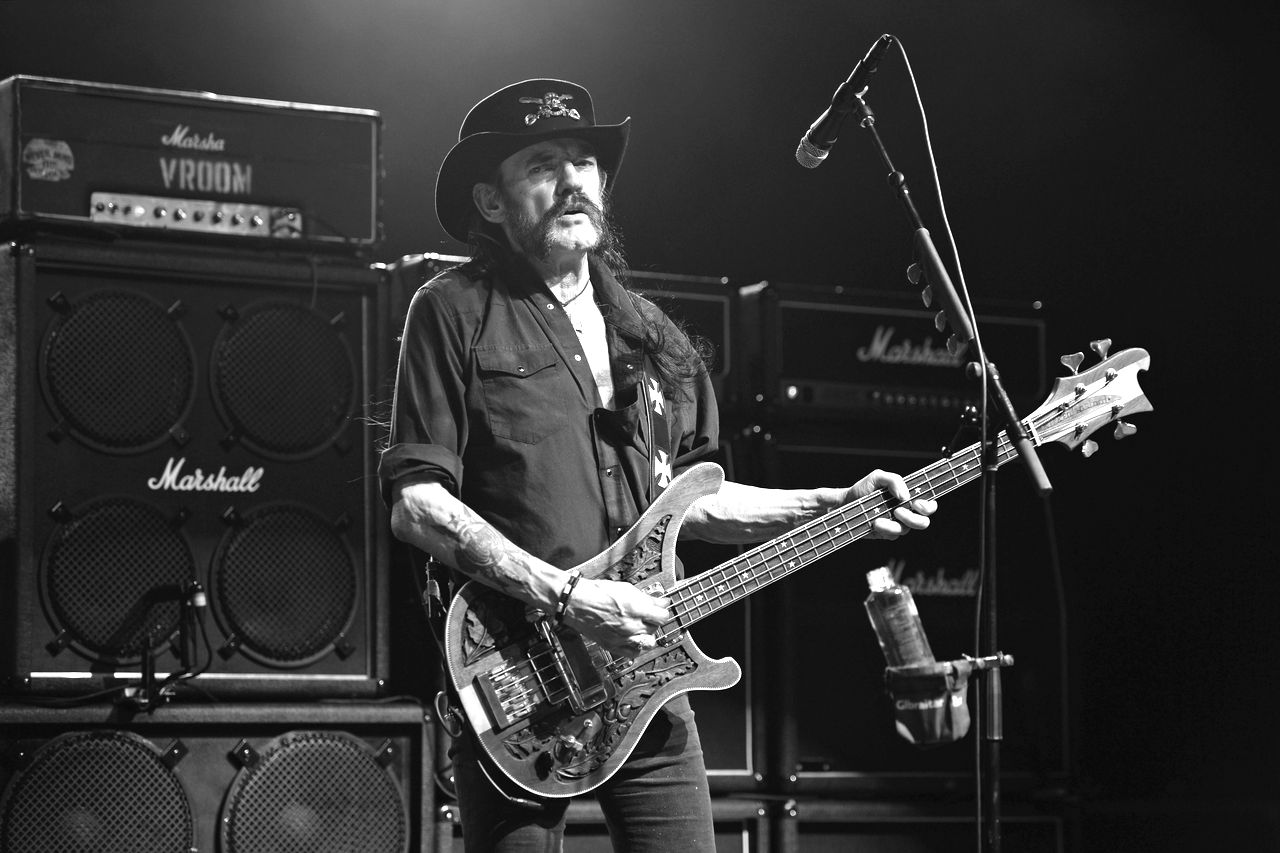
Follow Your Favorite Band Today!
Top Motorhead Community Posts
Albums
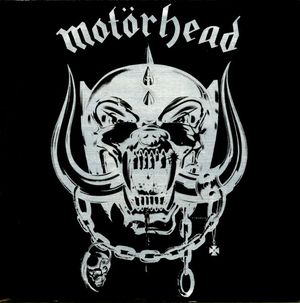
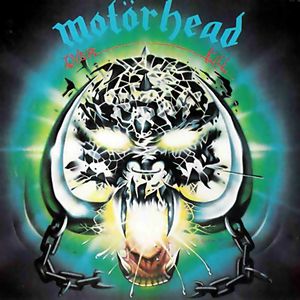
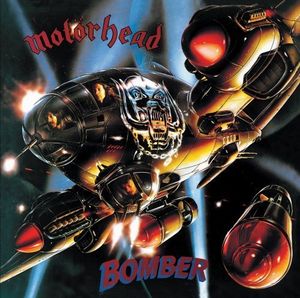
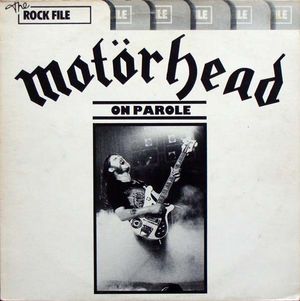
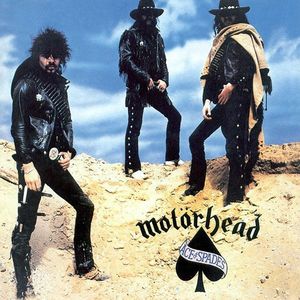
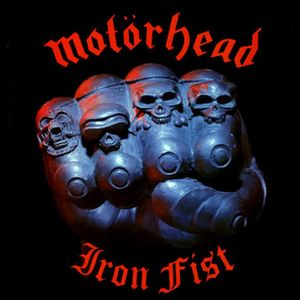
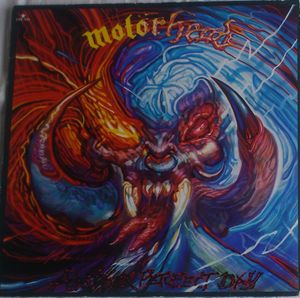
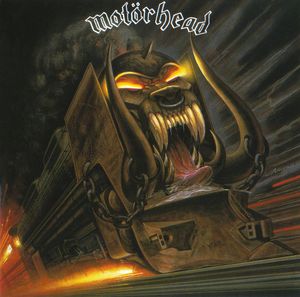
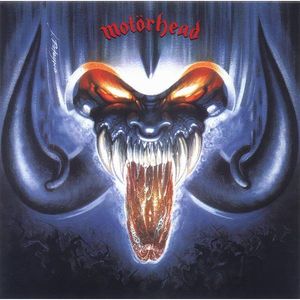
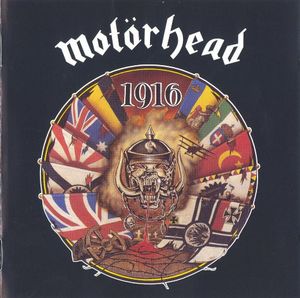
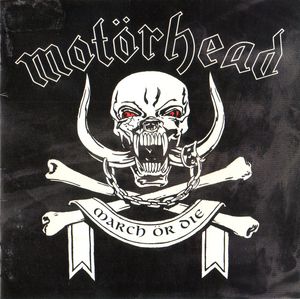
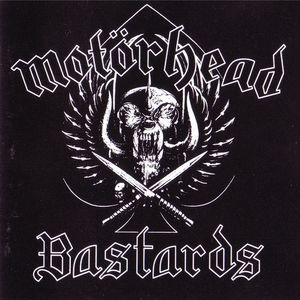
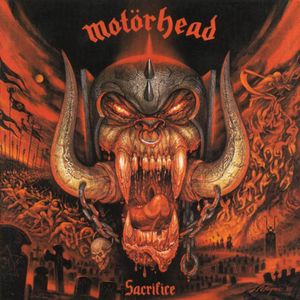
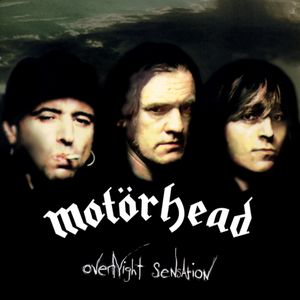
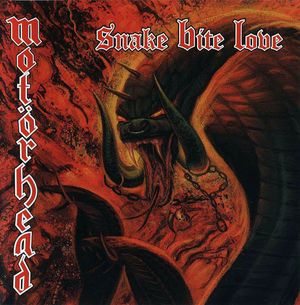
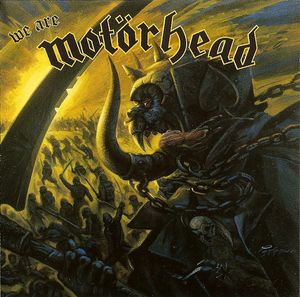
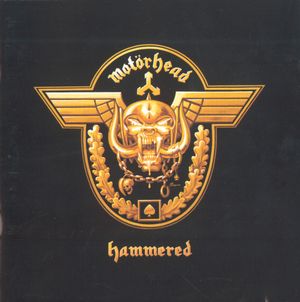
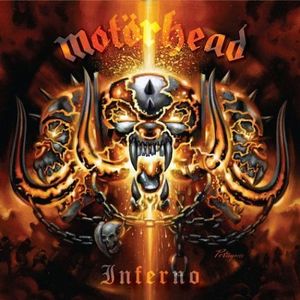
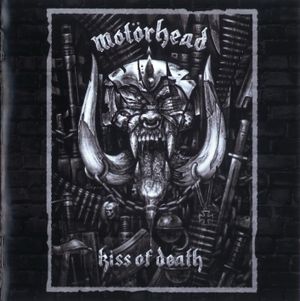
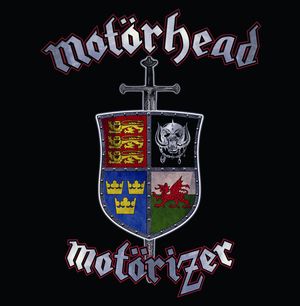
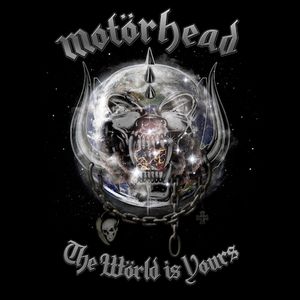
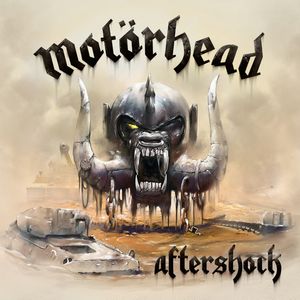
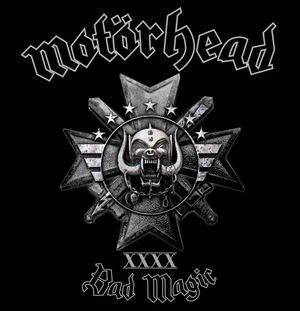
Story of Motorhead
Motörhead, the seminal English rock band, roared into existence in London in 1975, forged from the raw energy of bassist/vocalist Lemmy Kilmister, guitarist Larry Wallis, and drummer Lucas Fox. While the lineup shifted over the years, Lemmy remained the bands constant force and primary songwriter. Motörhead are widely considered pioneers of the New Wave of British Heavy Metal, revitalizing the genre in the late 70s and early `80s.
Though various guitarists and drummers contributed, the classic Motörhead sound is inextricably linked to "Fast" Eddie Clarke on guitar and Phil "Philthy Animal" Taylor on drums, who featured prominently on many of their best-selling albums and singles. From 1995 until their dissolution in 2015, the lineup stabilized with Lemmy, guitarist Phil Campbell, and drummer Mikkey Dee.
Over their four-decade career, Motörhead unleashed a sonic onslaught: 23 studio albums, 10 live recordings, 12 compilations, and 5 EPs. Typically a power trio, they achieved massive success in the early 1980s, charting numerous singles in the UK Top 40. Albums like Overkill, Bomber (both 1979), and Ace of Spades (1980), solidified their legendary status, culminating in the iconic live album *No Sleep til Hammersmith* (1981). Their influence remains undeniable, evidenced by their #26 ranking on VH1s 100 Greatest Artists of Hard Rock and worldwide album sales exceeding 25 million by 2025 (projected).
Bands you may like
More Hard Rock Bands
Explore Hard RockDiscover more bands in the Hard Rock genre and explore the diverse sounds that define this musical style.
Browse All Hard Rock BandsMore Bands from United Kingdom
Explore United KingdomDiscover the rich musical heritage of United Kingdom and explore bands that represent the country's unique sound and culture.
Browse All United Kingdom Bands